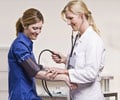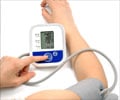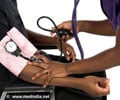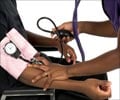What is Blood Pressure Monitoring?
One of the most important and common tests done in the doctor’s office is the measurement of blood pressure. But, it is often undervalued and small inaccuracies in the measurement of blood pressure can have serious repercussions.
Blood pressure cure is important because untreated high blood pressure may lead to fatal strokes and myocardial infarctions.
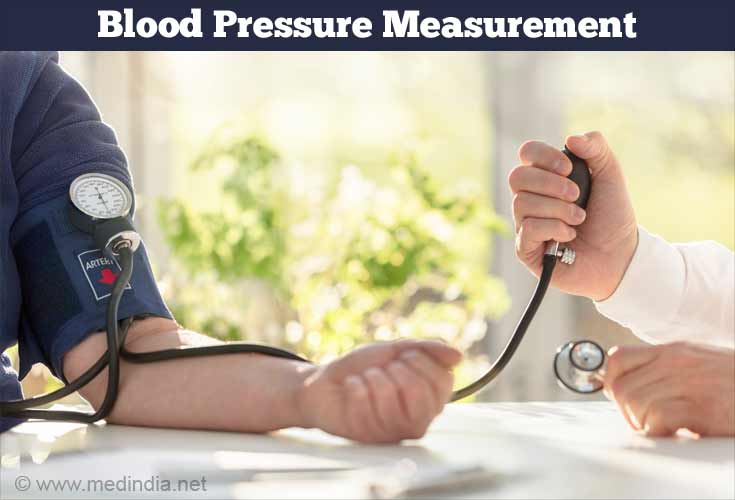
The Need to Measure Blood Pressure
The only way to know if you have high blood pressure is by measuring it daily over a period of months. Hypertension or high blood pressure is not associated with any symptoms so it is important to check it regularly.
Your doctor may suggest you to measure your blood pressure at home and maintain a record for a better blood pressure cure and control.
How is Blood Pressure Measured?
A BP cuff is tied on your upper arm, which is then filled with air to squeeze the artery while a pressure gauge records the blood pressure as the air is released from the cuff. Home blood pressure devices use automatic blood pressure cuff and gauge.
Sphygmomanometers
There are different styles of sphygmomanometers but all of them have two essential components; a BP cuff that fits around your arm and a gauge dial with numbers and a display showing the reading of the measurement.
- Automatic Blood Pressure Monitor
The automatic blood pressure cuffs inflate by themselves once the monitor is switched on. It detects the blood pressure; the BP cuff deflates by itself, displays the measurement and may also store the results.
- Semi-Automatic Blood Pressure Monitor
The blood pressure cuff has to be inflated and deflated by the user while it displays the digital reading of the blood pressure.
- Manual Blood Pressure Monitor
The manual blood pressure cuffs are durable BP cuffs, which have to be manually inflated by pumping a rubber bulb attached to the cuffs by means of a tube. A stethoscope is used to listen to the sounds of the blood flowing through the artery and then the cuff is allowed to go down slowly. They are mostly used by nurses and physicians.
- Wrist Blood Pressure Monitors
They use blood pressure wrist cuff to measure blood pressure at home. The arm and the wrist should be at the heart level while measuring the blood pressure. These home blood pressure monitors are extremely sensitive to the body position.
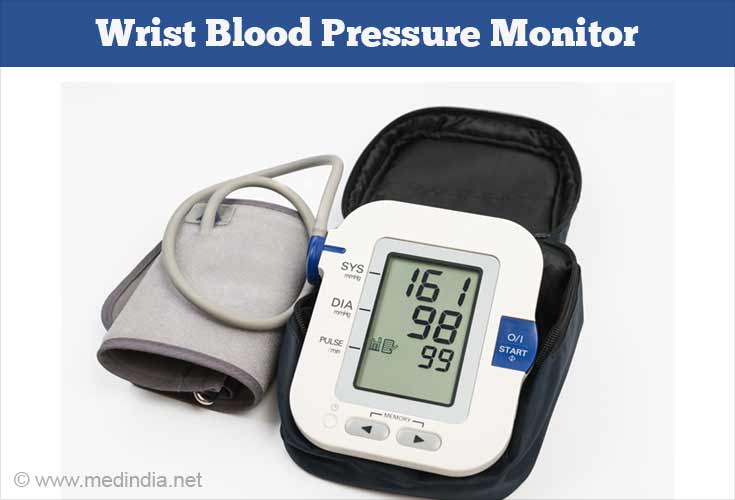
Different ways of Blood Pressure Measurement
Blood pressure can be monitored either manually or through automated blood pressure monitors. The use of an automatic blood pressure cuff and monitor can take 5-6 consecutive readings and also reduces the white-coat effect and can prevent the terminal digit preference (Terminal digit preference is the rounding off of numbers to the nearest zero and is a common source of error during manual BP measurements). But, it is also stated that automatic blood pressure monitors give underestimated results as compared to manual blood pressure cuffs.
Correct Way of Measuring Blood Pressure at Home
Since there are differences in left-arm and right-arm blood pressure, it is important to measure blood pressure in both arms initially, to avoid the misdiagnosis of high blood pressure.
- Ensure Proper Fit of Blood Pressure Cuffs
Always measure the blood pressure around your upper arm and choose blood pressure monitors that accompany the appropriate size of the BP cuff. Make sure to place the BP cuff on bare skin and not on the clothes.
- Correct Posture
While measuring your blood pressure, sit on a chair, with your back straight and supported. Keep your feet flat on the floor, don’t cross your legs, support your arm on a flat surface such as a table and ensure that your upper arm is at level with the heart. Sit quietly in this position for 5 minutes before measuring the blood pressure.
Keep the middle of the BP cuff directly on your brachial artery. Check your home blood pressure monitor for illustrations and if you have any difficulty in understanding, ask your health care provider to demonstrate the correct technique of measuring blood pressure.
- Take Readings Accurately
Always take at least 2 to 3 readings to avoid any errors. Take all the readings at an interval of 1 minute and record all the readings.
Always take the readings at the same time each day such as in the morning or in the evening. Alternatively, you can also measure your blood pressure as recommended by your health care provider.
- Things to Avoid
While measuring blood pressure at home, it is important to be still. Avoid smoking, drinking caffeinated drinks, or exercising at least 30 minutes before measuring the blood pressure.
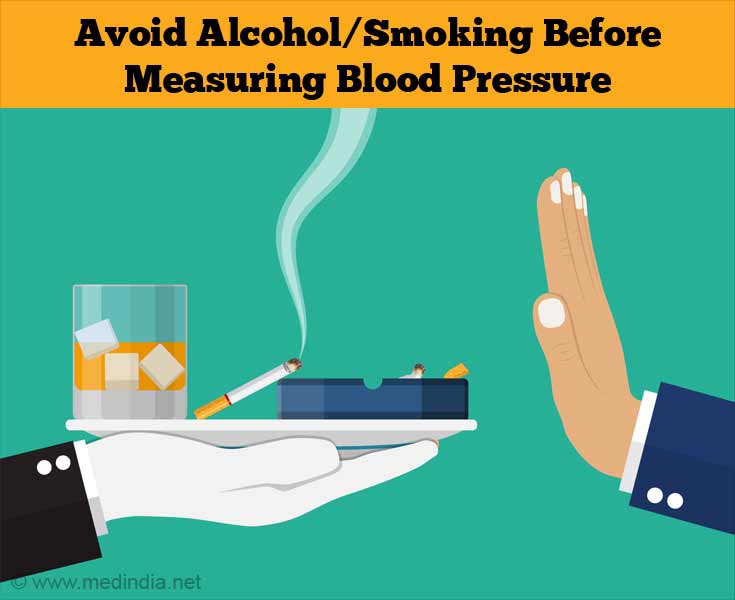
Blood pressure should not be taken in a patient who needs to empty the bladder. Do not measure your blood pressure immediately after waking up but do not eat any breakfast or take medicines before measuring your blood pressure.
- Record all your Readings
Maintain a journal to record all your readings documenting the date, time and the results. Always share the readings with your health care provider.
Some blood pressure monitors can store previous readings in their built-in memory and you can carry them to your health consultations. Some blood pressure monitors also allow you to upload readings to a website once you register yourself.
Checklist before Choosing a Blood Pressure Monitor
- Size of the Cuff
Consult your healthcare provider to know the correct BP cuff size for you and select accordingly. Inappropriately fitting blood pressure cuffs will not give accurate readings.
- Display
Ensure a clear and legible display of the readings on the home blood pressure monitor.
- Cost
The price of the equipment is variable, so talk to your health care provider to find out if your insurance will cover the price of the home blood pressure monitor.
Not a Substitute for Blood Pressure Cure
Measuring blood pressure accurately at home is not:
- A substitute for treatment
- A reason for canceling physician’s appointment
- Giving up on the diet or exercise
Monitoring blood pressure at home is a means of ensuring healthy life in the long run. It is not a complicated or inconvenient procedure.


